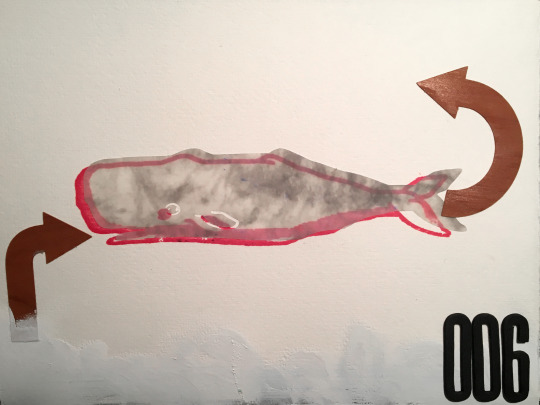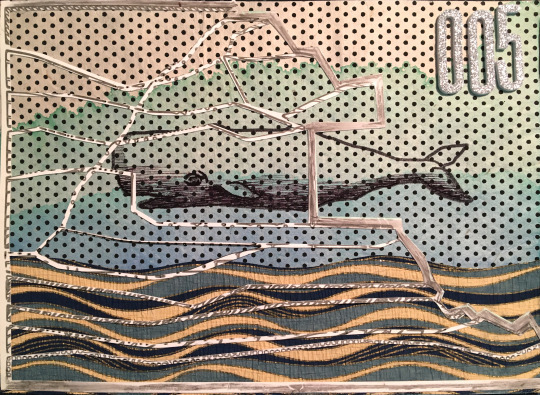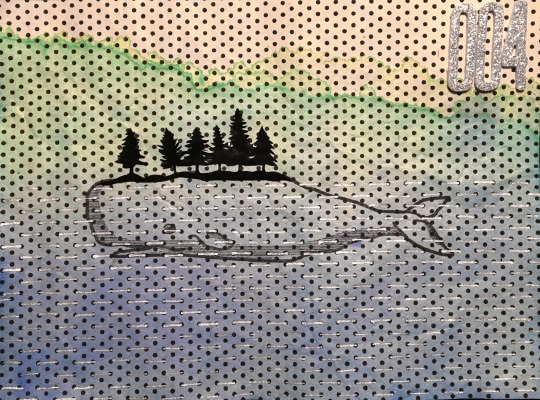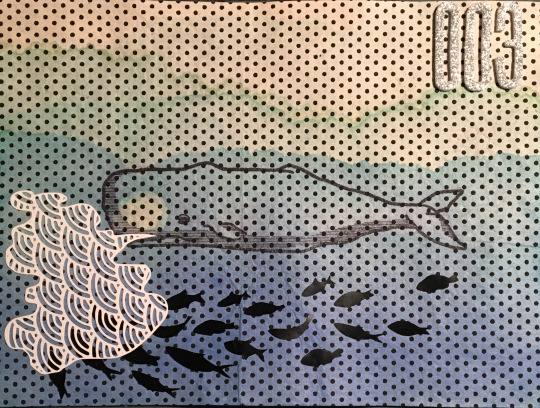whales – poop – circulation – iron- CO2 sinks
NARRATION
Baleen whales – such as humpbacks and blue whales – are a group of whales that sieve mountains of krill from the water in a single gulp. With that much going in one end, there must be a fair bit coming out the other.
Dr Steve Nicol
It’s pretty big. If you see photographs of these animals actually releasing a trail of faeces, it can be tens of metres long. Quite how much is in an individual defecation is very difficult to say because no one’s actually gone behind them and measured the amount, volume of poo coming out the back of a whale.
NARRATION
Scientists suspect that like cows in a paddock, whales fertilise the ocean with their manure. The more marine plants grow, the more carbon dioxide the ocean absorbs.
Pier van der Merwe
The Southern Ocean is extremely important for taking CO2 out of the atmosphere. It’s known as a CO2or carbon sink and so anything that controls the amount of production which leads to carbon taken out of the atmosphere, is one of those natural processes that up until recently, we didn’t know how effective it was.
Mark Horstman
With every scientific expedition to the Southern Ocean comes more evidence of its fundamental importance in the planet’s carbon cycle. Now it turns out that whales may have more to do with it than anyone expected.
NARRATION
But the story starts with something much smaller, right down at the base of the food chain. Meet the phytoplankton.Teeming in their countless trillions, these microscopic organisms quietly shift megatonnes of carbon from the atmosphere into the ocean.
Dr Steve Nicol
The plants in the ocean take up the carbon dioxide and when they die, they sink out of the surface layer and take that carbon dioxide out of circulation.
NARRATION
Throughout the world’s oceans, phytoplankton blooms are visible from space. All it takes is a bit of fertiliser: macronutrients like nitrogen and phosphorus, and micronutrients like iron.
But the Southern Ocean is different – there are plenty of nutrients, but there’s hardly any iron.
Pier van der Merwe
Normally dust would be a very major contributor to the ocean, and in dust you have a high concentration of iron, but because the whole of Antarctica is covered by ice, it just locks it all down.
NARRATION
On the sea ice, 75 kilometres off the coast of Antarctica, marine chemists Pier and Delphine use a stainless steel corer to see what iron they can find.
Delphine Lannuzel
We usually take some sea ice but look also at the water column below and the snow above so that we have all the different sources of iron.
NARRATION
To grow, most species of phytoplankton need at least one nanogram of iron per tonne of water. They’re trying to detect just one paper clip’s worth in 200,000 Olympic-sized swimming pools of seawater.
Delphine Lannuzel
That can give us information on primary production, how much um how much production there is in the water. So the more iron there is, the more production there’s going to be.
Dr Steve Nicol
Ever since people discovered that iron was in such short supply, the idea was well if you put more iron into the southern ocean, it should become more fertile. In the ocean, gravity is the big enemy because things tend to drop out of the surface layer, which is the sunlit layer, which is where the plants grow.
So if you can find a way to keep iron in the surface layer, then the surface layer could become more productive.
NARRATION
Grazing on the phytoplankton are swarms of krill – the perfect mobile concentrators of iron.
Dr Steve Nicol
They retain a large portion of the iron in their bodies in the surface waters, right throughout the year.
NARRATION
In fact, the Antarctic krill population contains a quarter of the total iron in the surface waters of the Southern Ocean. Which begs the question: what role for the baleen whales that eat the krill?
Dr Steve Nicol
The theory was you have this cycle whereby there’s very little iron in the water, the phytoplankton scavenge that iron out, the krill eat it and concentrate it very highly, the whales eat that and return the iron to the seawater. The whole theory that whales can assist with the fertilization of the southern ocean depends on there being a lot of iron in the faeces. Now no one had actually measured that up until now.
NARRATION
But first you have to collect your samples, and that takes a long-handled net and a bit of luck. This is rare footage of a blue whale defecating. Researchers in the right place at the right time send their samples to Australian Antarctic Division.
Mark Horstman
You wanted to see a whale poo in all its glory? Well, this is as much as you can hope to get with a long-handled net. But what it might lack in size, it certainly makes up for in aroma, the rich tangy smell of an oily fish sauce.
NARRATION
Pier and Delphine are up to their pipettes in poo, hoping to hit paydirt. The samples are broken down with strong acids to digest all the different ingredients. What’s left is analysed with a state-of-the-art spectrometer.
Dr Ashley Townsend
This is an Inductively Coupled Plasma Mass Spectrometer and in this technique we have a very hot gaseous cloud that’s as hot as the sun. We’re pumping samples into this hot plasma and it’s a bit like a chemical sledgehammer. By breaking things down to their atoms, it’s able to measure in the range of parts per billion. That’s probably about 0.1 or 0.2 two parts per billion there….so there’s no iron in that sample at the moment…so that sample should come through any second. Ah!Look at that. That’s fantastic. That’s unequivocally iron.
Dr Steve Nicol
We found that the faeces of whales contained a very large amount of iron, about ten million times that you found in the background level of seawater. So that’s a huge amount of iron so that gives credence to the hypothesis that it really should be a fertilising agent to the seawater.
NARRATION
It’s the first step to figuring out how much productivity is stimulated by whales, and by extension, their contribution to storing carbon by fertilising phytoplankton with their iron-rich faeces.
Delphine Lannuzel
If it just sinks down through the water then you know it’s useless. Pier: Need to find out whether it’s tasty for the phytoplankton or not. Delphine: Basically yeah. Pier: Whether they like to eat it. Delphine: So that’s going to be the next step for us I think, just to look at how available it is for phytoplankton.
NARRATION
It helps to explain how the Southern Ocean worked when whales were in much greater abundance than they are now.
Dr Steve Nicol
What we’ve managed to show is a possible mechanism for how you could have had both more whales, more krill, and more phytoplankton.
NARRATION
And in a world that plans to harvest more krill; that depends on the Southern Ocean to store our carbon emissions; and that wants to restore and protect the populations of whales; it’s a vision of a healthy productive ecosystem we really can’t live without.
– IRON WHALES, Catalyst
More resources:
Krulwich The Power of Whale Poop
Iron defecation by sperm whales stimulates carbon export in the Southern Ocean




